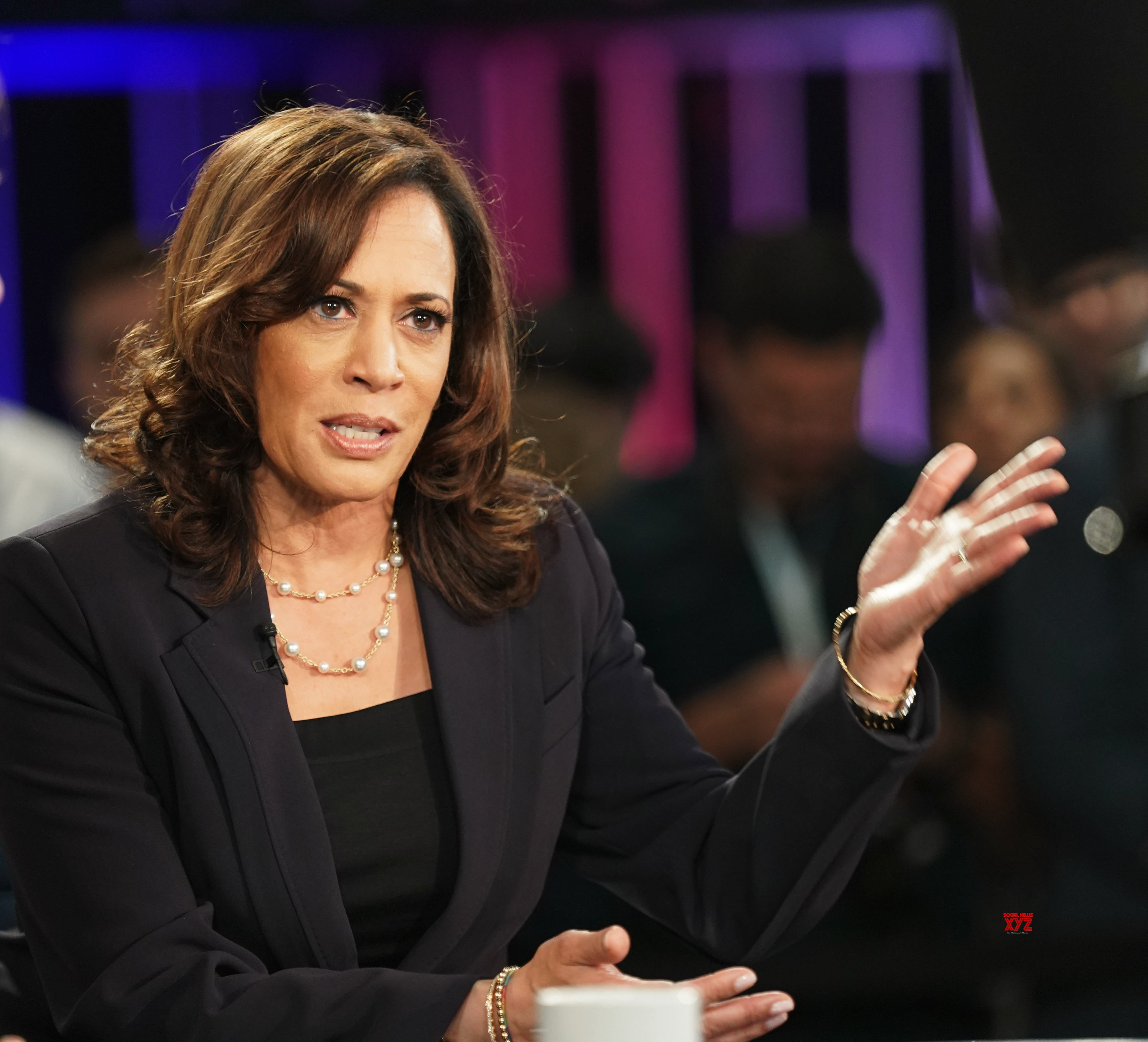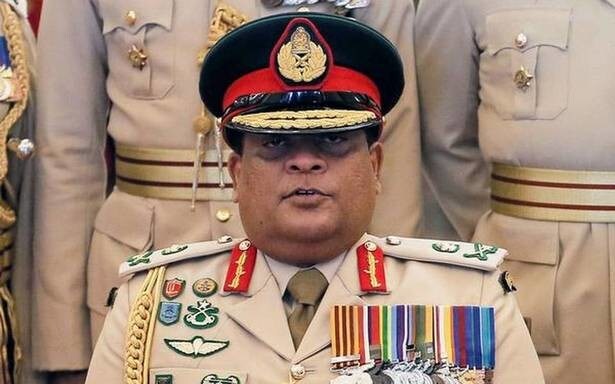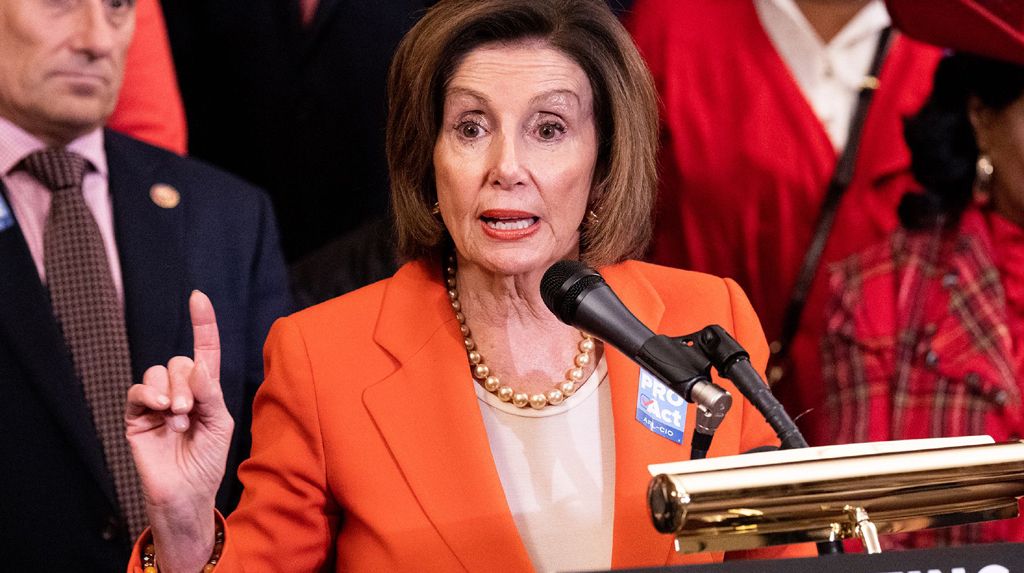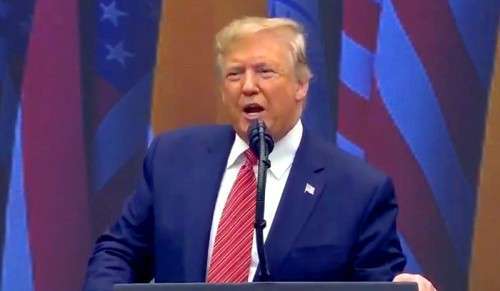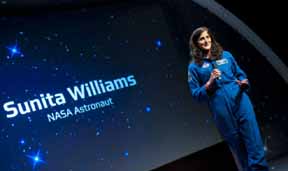 WASHINGTON: Indian-American Sunita Williams and other NASA commercial crew astronauts have tested a new generation of training simulators to prepare for launch, flight and returns aboard a Boeing spacecraft that will transport crew to the International Space Station (ISS).
WASHINGTON: Indian-American Sunita Williams and other NASA commercial crew astronauts have tested a new generation of training simulators to prepare for launch, flight and returns aboard a Boeing spacecraft that will transport crew to the International Space Station (ISS).
The Boeing CST-100 Starliner (Crew Space Transportation) crew capsule is a spacecraft design under construction with a primary mission to transport crew to the ISS.
NASA selected 50-year-old Williams, Bob Behnken, Doug Hurley and Eric Boe in July last year to train for test flights aboard the Starliner and SpaceX Crew Dragon to the ISS.
The flight assignments have not been set, so all four of the astronauts are rehearsing for the Starliner and Crew Dragon test flights to the space station, NASA said.
The part-task trainers, each large enough for one person at the controls and programmed to run through all the phases of a mission, are part of a suite of cloud-based and hands-on trainers that Boeing has built to prepare astronauts and mission controllers.
The trainers will be shipped to NASA’s Johnson Space Centre in Houston this year so astronauts can use them daily to practice numerous situations from normal operations to unlikely emergencies.
Astronauts typically spend hours training in simulators for every minute they fly in space so they are familiar with planned activities and can react quickly to unusual events.
They rehearse their own decisions, as well as learn the teamwork vital to successfully overcoming a hurdle.
“These simulators have touchscreen displays, which means they are more versatile than previous spacecraft trainers,” said Williams, who was in India in February as part of the NASA delegation which held talks with Indian Space Research Organization (ISRO) for space collaboration.
“We can run multiple simulations by just changing software and then put that same software into a bigger crew simulator, which we will use to train the whole crew for a spaceflight,” she said.
When wired into the extensive Boeing and NASA networks, the simulators will interact with launch and mission controllers to run rehearsals that are critical to preparing a crew to successfully fly a mission and recover from unforeseen events.
Later, a simulator the size of a Starliner flight deck will be finished and used in Houston to train the full-flight crew.
Simulators have long been a staple in astronaut training starting with those used by Project Mercury astronauts and advancing to the motion-based flight deck simulator shuttle astronauts spent hours inside working on launch and landing skills.
The trainers were tailored to various aspects of the Starliner operations. Other simulators will be built to cover all the aspects of spaceflight, from boarding the spacecraft at the launch pad, to safely climbing out at the end of the mission.–PTI

